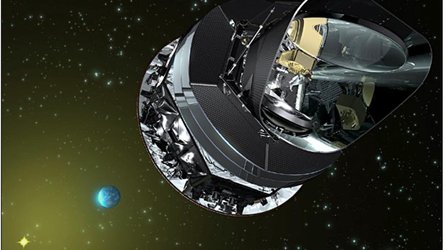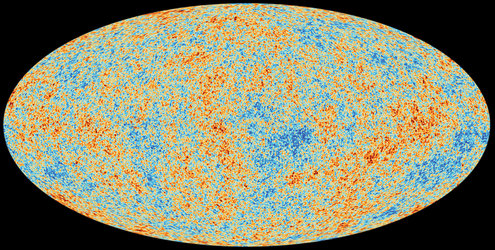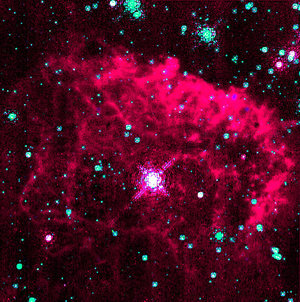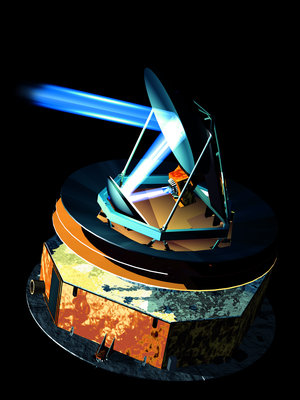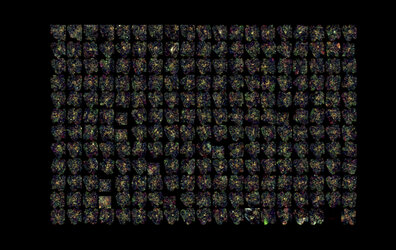History of microwave astronomy
The Cosmic Microwave Background (CMB) was discovered by chance in 1965 by Penzias and Wilson. A number of ground-based observations have been carried out since, but these are limited by atmospheric disturbance and artificial illumination.
In modern cosmology, CMB measurements are one of the major pillars to test theories about the birth and evolution of the Universe — two Nobel prizes have been awarded in this field.
The first space-based measurements of the CMB were carried out with NASA’s Cosmic Background Explorer (COBE) satellite. In 1992, it confirmed for the first time that the temperature of the CMB was not identical all over the sky. The measurements indicated that over angular scales larger than 10o, the CMB temperature varies by about one part in 100 000 from the average value of 2.73K.
In 2003, COBE’s successor, the Wilkinson Microwave Anisotropy Probe (WMAP) dramatically improved the map’s clarity and sharpness. This helped to determine some important characteristics of the Universe such as its age, and the amount of the different types of matter and energy that it contains. It also allowed to discard a few potential theories related to its birth and evolution.

Planck enormously increased capabilities with respect to its predecessors; allowing it to distinguish details in the structure of the CMB that were previously invisible and bring it into sharp focus. In turn, the conditions of the Universe close to the Big Bang were able to be probed more accurately than ever before.
Some of the results obtained by Planck are definitive: no future experiments will be able to improve on them. The reason is that the radiation emitted by the structures of matter created long after the Big Bang creates a background noise that limits the ability to measure variations in the temperature of the CMB. Planck reached this natural limit, and extracted all the information that the CMB holds.
Planck’s measurements provided the necessary foundation to zero in on more accurate theories and perhaps, surprise us with discoveries that may revolutionise the way we see our Universe.















 Germany
Germany
 Austria
Austria
 Belgium
Belgium
 Denmark
Denmark
 Spain
Spain
 Estonia
Estonia
 Finland
Finland
 France
France
 Greece
Greece
 Hungary
Hungary
 Ireland
Ireland
 Italy
Italy
 Luxembourg
Luxembourg
 Norway
Norway
 The Netherlands
The Netherlands
 Poland
Poland
 Portugal
Portugal
 Czechia
Czechia
 Romania
Romania
 United Kingdom
United Kingdom
 Slovenia
Slovenia
 Sweden
Sweden
 Switzerland
Switzerland


























